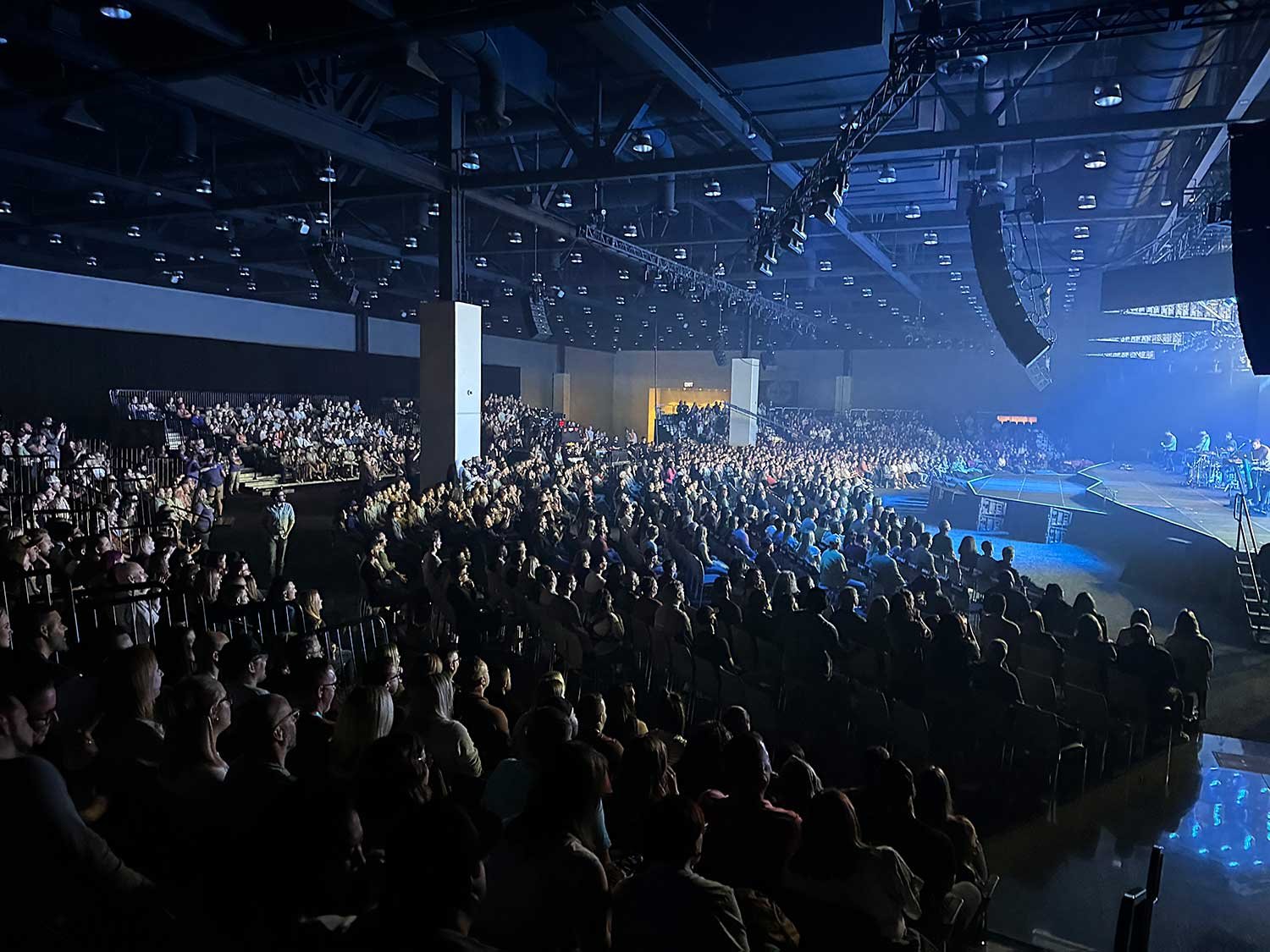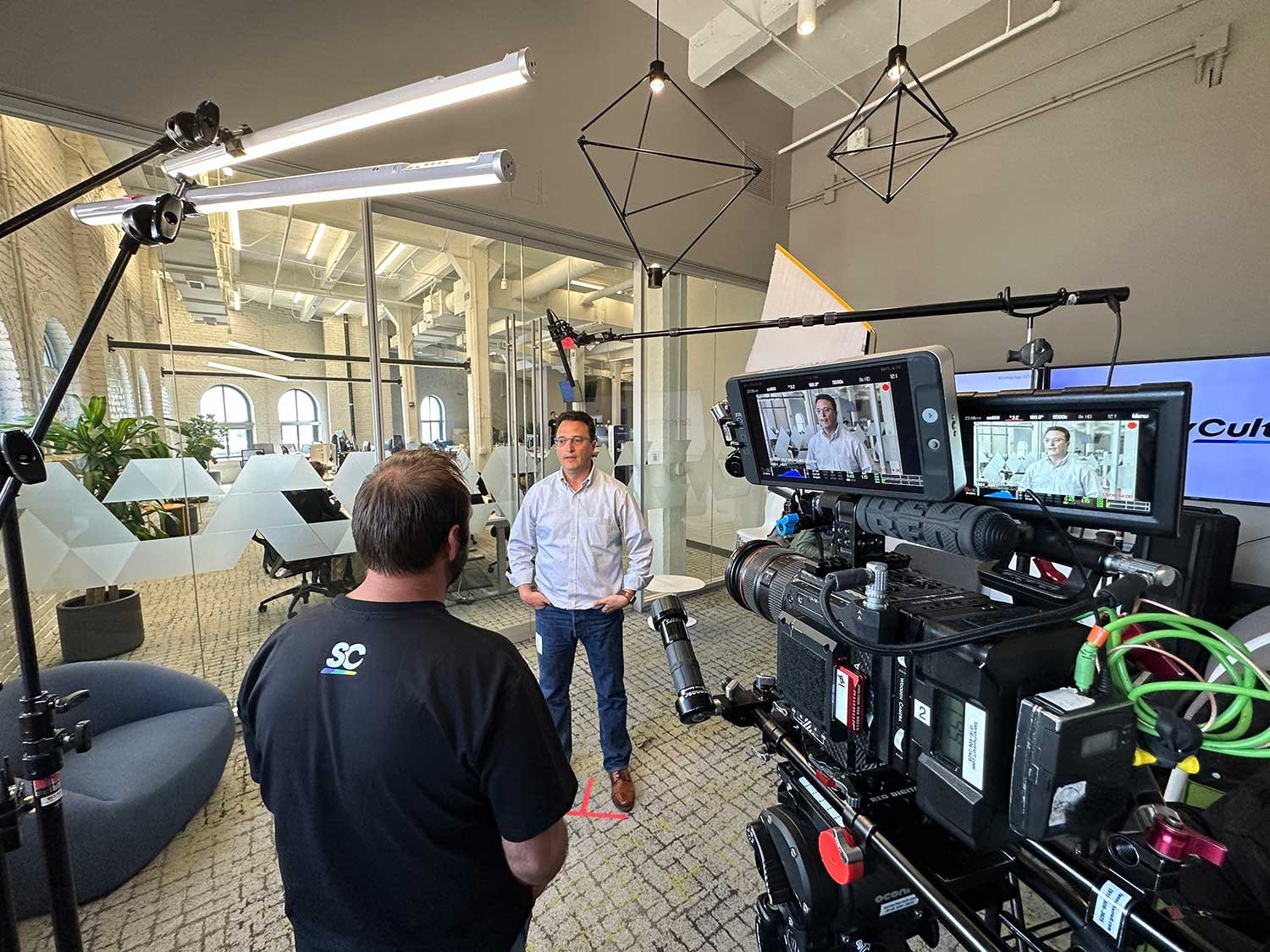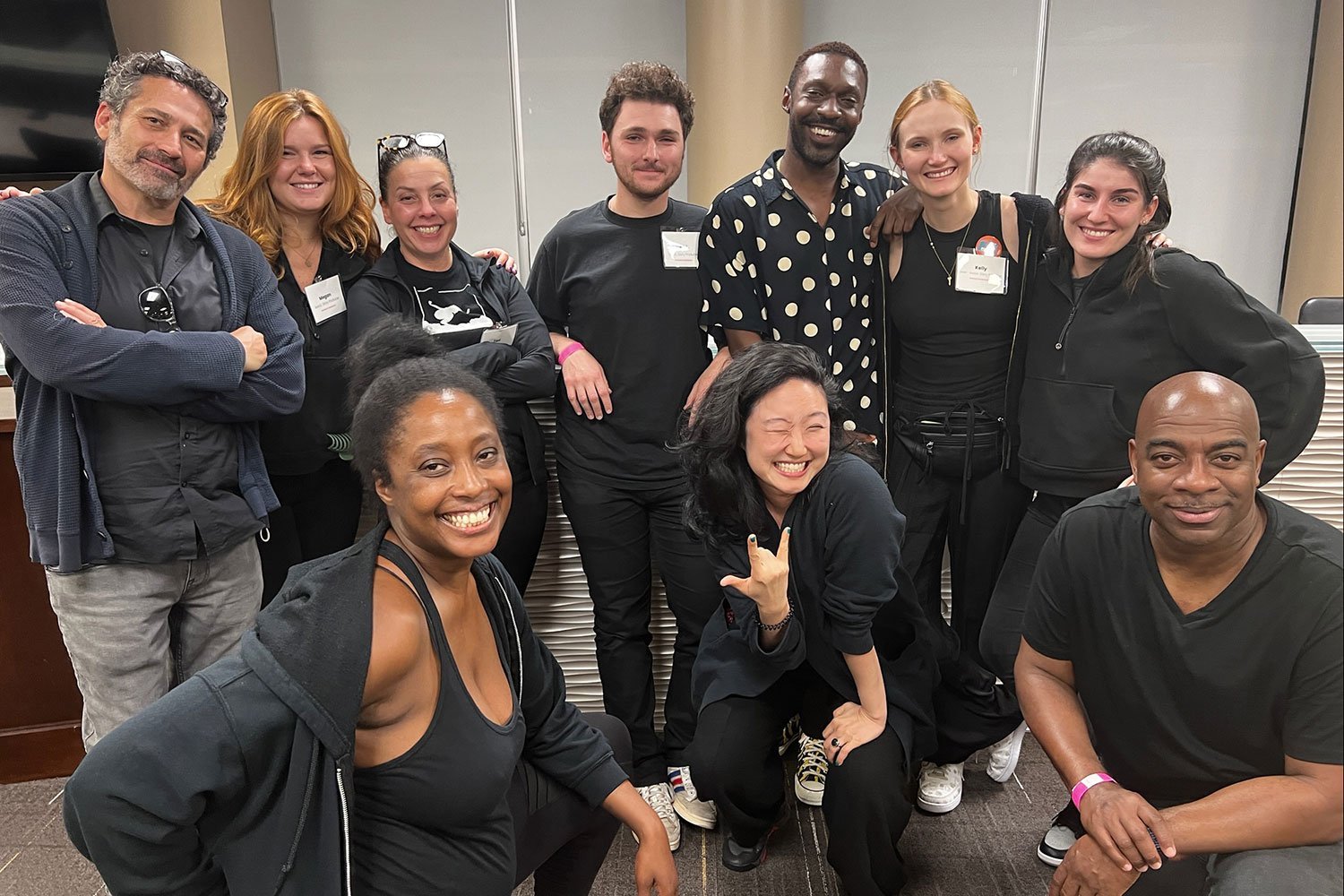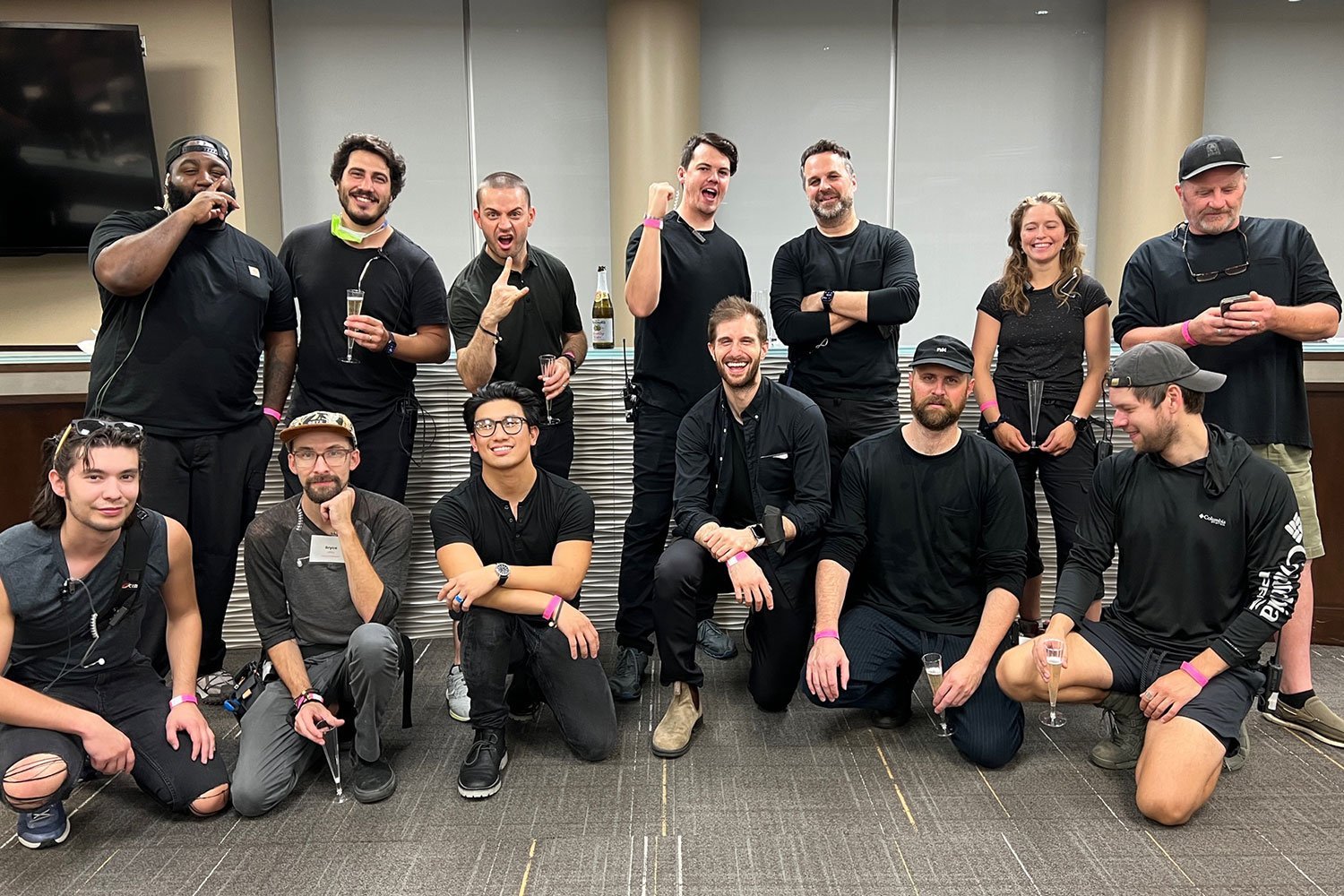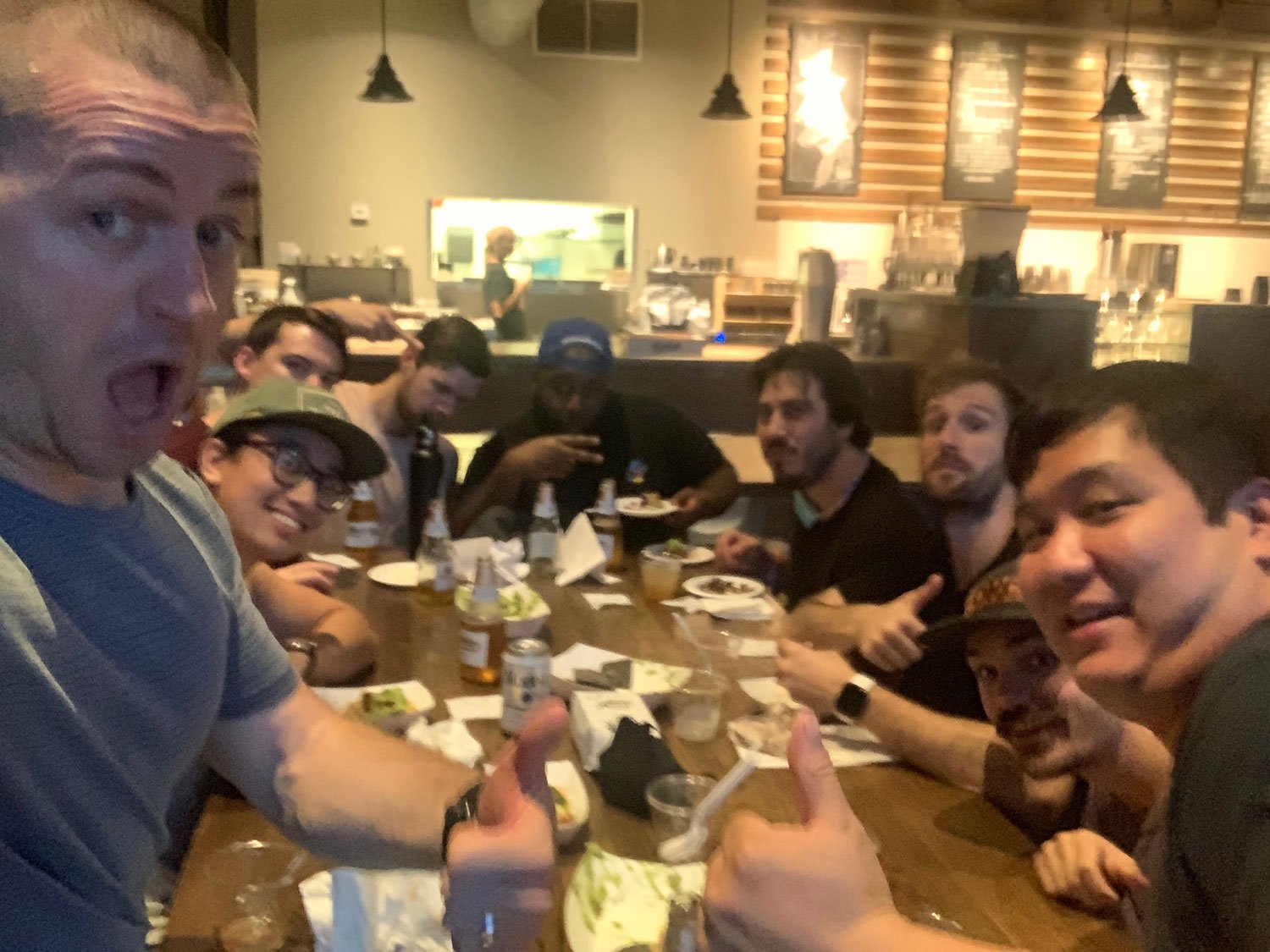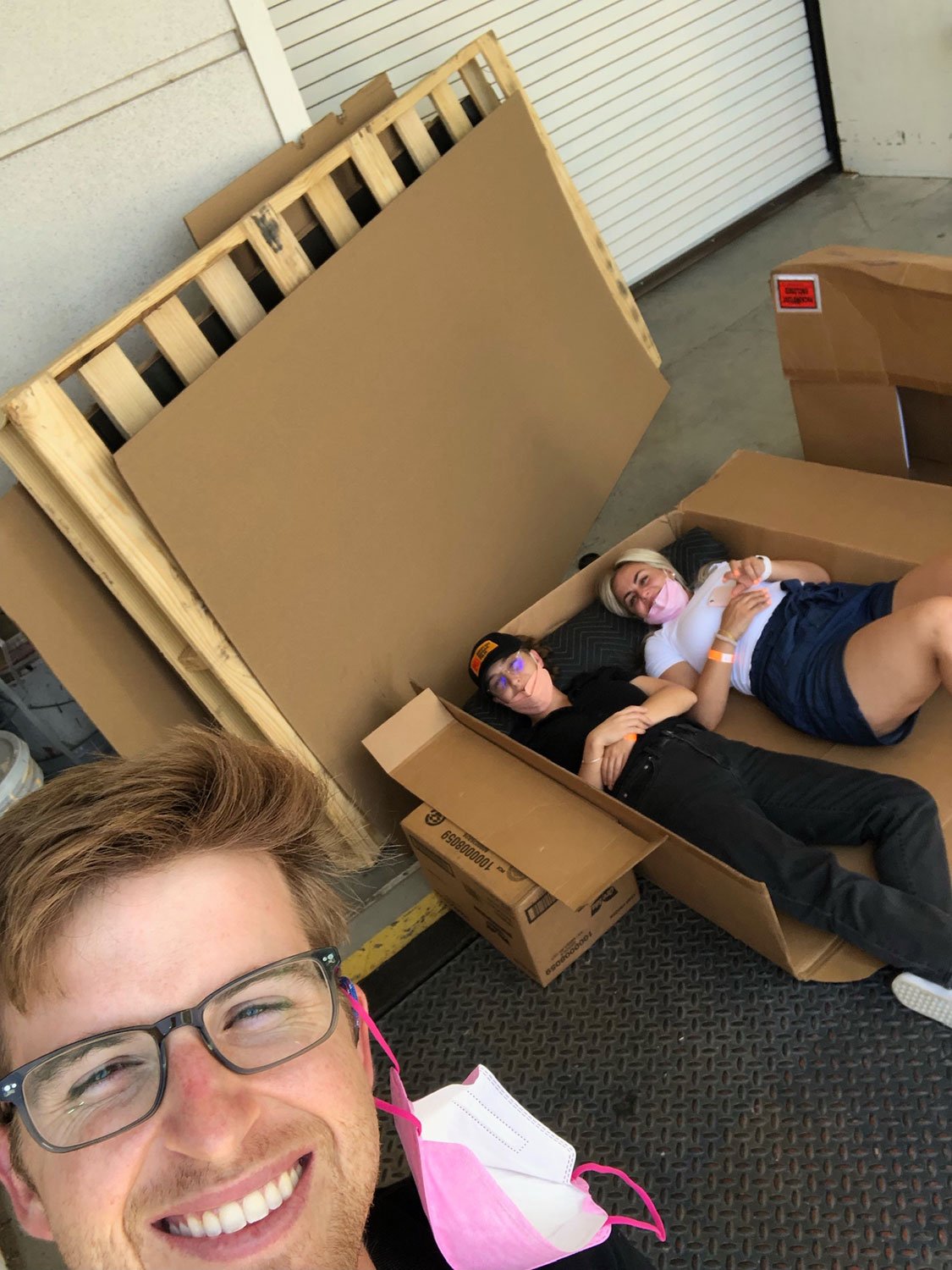You know what feels nearly pointless? Trying to come up with some concrete numbers on the actual return on the investment (ROI) I've made on my gear over the years. By all means, I've got access to those numbers considering the detailed records I keep, but the wheels fall off once I start digging into the minutia of the individual items in my kit, the associated costs, and what I've charged for every single job.
It's not hard tracking the the big ticket items like camera bodies, lenses, computers, etc., but good grief I've wasted nearly a full week trying to come up with the actual breakdowns of what I've spent on the additional accessories to make those big ticket items functional and how I've charged for them. There's also the revenue made from my stock footage sales – because I keep detailed records with that nonsense too. Let's not even get into how I dug through my tax returns from the last few years trying to plug in the deprecation on my larger asset purchases and how that factors into this fool's errand.
Why even attempt something like this? Well, for one thing, I had this past week off in between my MBA modules. Two, and more importantly, I'd like to know how much my assets are costing and making my business. It's not like my business is rolling in money (just ask Saint Anne the Wife), but dang... If there are better ways to spend and invest extra money, why wouldn't I try to figure that out?
Ideally, I should be able to track my gear purchases, the rates I charged clients each time I used that specific item, and come up with a specific date as to when that item paid itself off and became profitable. Ideally too if I got to the end of the useful life of the equipment and sold it off, I'd be able to plug in the amount I'd sold it for (salvage value). From that thicc spreadsheet of data, I'd be able to come up with an economically sensuous-looking graph showing the fixed cost and an upward-sloping line following the cumulative amount I'd made with that purchase.
For example, just comparing the rough costs of my RED camera packages (not including lenses, lens accessories, tripods, EasyRig, etc.) and Mavic 2 drone kit and the amount I've made via only my Filmsupply stock footage sales, I've made a 133% return on those assets.
But alas, even with all the records I've kept since starting my business nearly 15+ years ago and given my current equipment list and constraints, I'm pretty sure it'll take me more than a week to accomplish my goal of knowing which individual asset is making what. Like, I'm assuming there's a difference in the ROI percentage on a camera body that'll age out in 5-10 years vs. the type of long-term return on lenses and light stands. This is probably why firms employ accounting departments. Surely there's software out there that'd track all this and if not there should be, especially for small firms like mine. Sidenote: I'm starting a Management Information Systems class this week where I'm sure we'll dig into something like what I'm talking about. Twenty bucks says I'll end up developing my own relational database system that'll track all this nonsense.
This last MBA module had me in a Managerial Economics class where we were studying pricing models and using some geometry to calculate demand, marginal revenue & costs, profit maximization, and some other nonsense. Turns out my small business is essentially in a monopolistically competitive industry where there are many buyers and sellers, where each firm produces a differentiated product, and there's free entry into and exit from the industry. I say "essentially" because there's not really "free entry and exit" considering my upfront costs, but I'm nearly certain you're not here for a graduate-level academic lecture on the economics of a freelance cinematographer. Remember that geometry we were using to calculate profit maximization, here's what that kinda looks like.
Is it essential to know all this? Hard no. It doesn't take a graduate-level business degree to be an art kid. I will say though that having a better understanding of this hot mess should allow me to make better financial decisions related to the work I get to do as a creative.
One of the beefs I've had over the years is working on client-provided gear that actually hindered the work I was doing. As a freelancer, I'd be on set using their prosumer-ish and broken-down equipment while the staffers were nursing sunburns and hangovers after another weekend at their lake houses. As a camera operator, am I better able to nail a challenging focus pull with a higher-end cinema lens and follow focus vs. a still photo lens? Yes. Will that precise camera move look better on a higher-end tripod compared to that $150 excuse for one? Yes. Does the image quality and actual on-set working experience you get out of an Alexa, RED, or even the higher-end Canons and Sonys stomp what you get out of those lower-end camera bodies? Again, yes.
All that said, it doesn't always make financial sense to be using high-end gear. I feel like this is where the art I get to do smashes up against the actual math.
"Does it make more sense to buy or rent that particular item?" Show me the math.
"Is my $13,000+ tripod actually necessary for that locked-off interview?" Well...
"With the clients I normally get to work with and the market I'm usually in, should I get a matching pair of Alexa 35s kits when a set of Sony FX9s packages would accomplish the same goal?" Hmm...
Show me the math and let's talk about the potential long-term revenue models.






